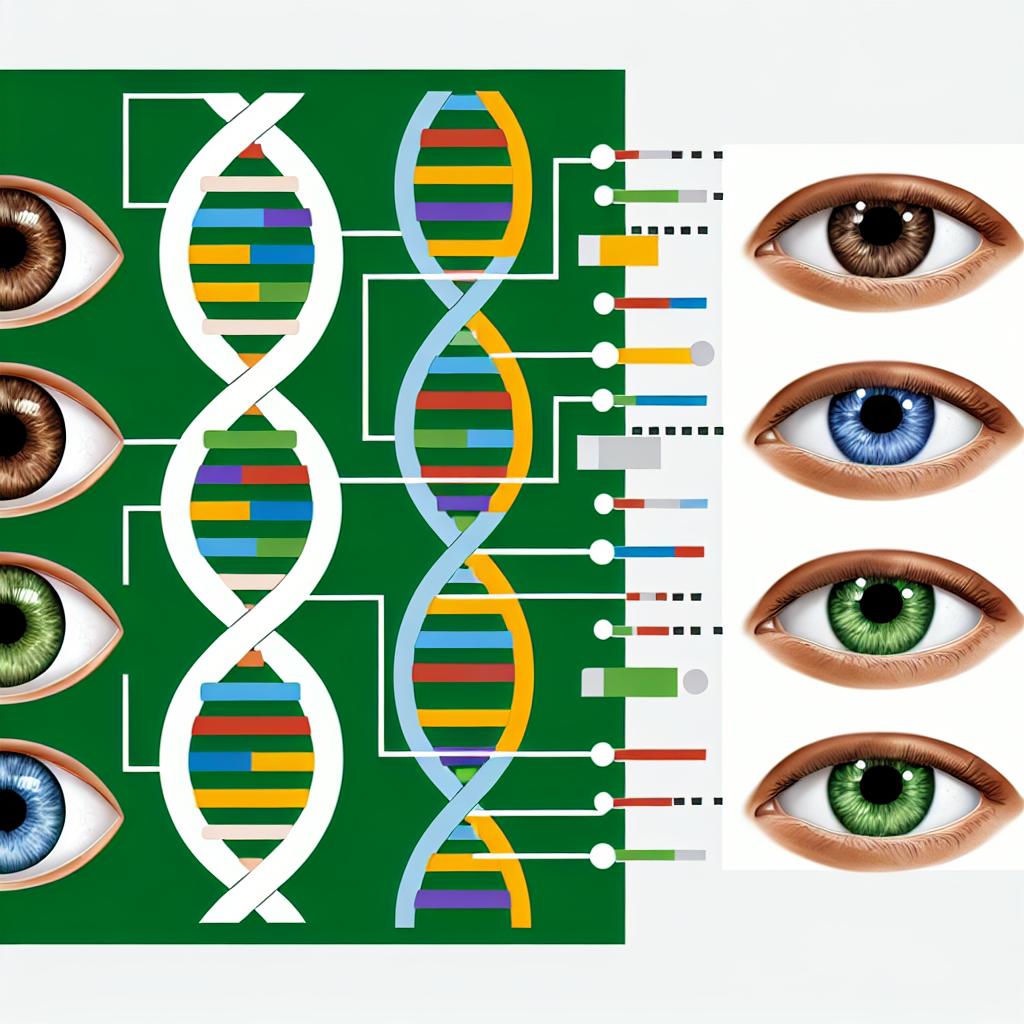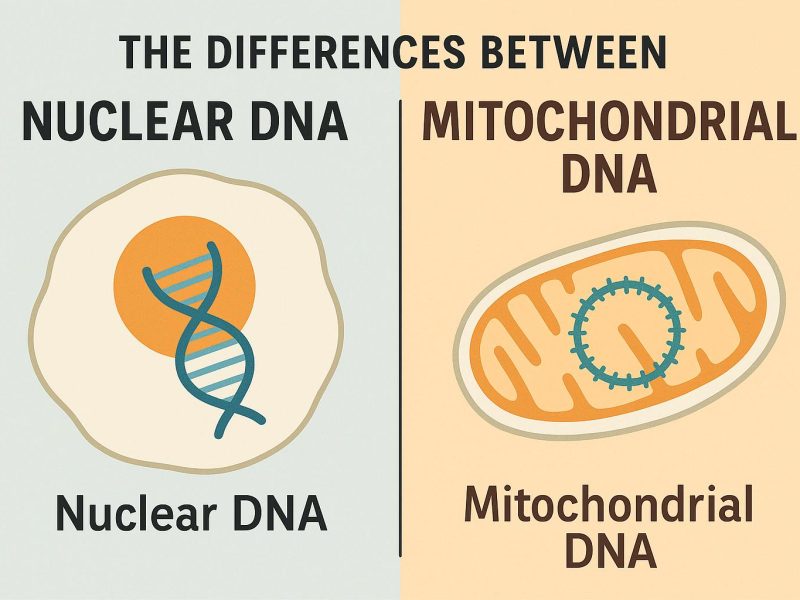Understanding DNA’s Role in Eye Color
Eye color is a captivating aspect of human diversity, influencing not only how we view ourselves but also how we are perceived by others. This characteristic is predominantly shaped by the genetic dispositions encoded within DNA. The interaction of these genetic components, specifically located in distinct regions of chromosomes, orchestrates the wide array of eye colors seen globally. By understanding the genetic foundation of eye color, we gain valuable insights into human genetics and evolutionary biology.
The Genetic Basis of Eye Color
The variation in human eye color stems from the presence of melanin within the iris, a pigment responsible for the different hues observed in human eyes. The concentration and hues of melanin are orchestrated by genetic information primarily located on chromosome 15. Key genes, such as OCA2 and HERC2, have been identified as major players in this intricate process.
OCA2 is crucial in melanin biosynthesis. Variations in the OCA2 gene can lead to reduced melanin synthesis, resulting in lighter eye colors, such as blue or green. Interestingly, the HERC2 gene, though not directly contributing to melanin production, regulates the activity of OCA2. This regulation is executed through specific enhancer elements within the HERC2 gene that influence OCA2‘s expression levels. Modifying these genetic pathways can substantially affect melanin concentration and, consequently, eye color.
Complex Interactions and Variations
While the importance of OCA2 and HERC2 is well established, eye color determination is more intricate due to its polygenic trait nature. Multiple genes collaborate, creating a complex genetic network that influences eye color. Among other influential genes are EYCL1 and EYCL2, which contribute to the nuanced spectrum of eye colors.
These genetic interactions result in a rich diversity of eye color among individuals. For instance, a combination of genes promoting higher melanin levels predominantly leads to brown eyes. In contrast, combinations that produce less melanin often result in blue eyes. Intermediate expressions and interactions of these genes can yield unique shades such as green or hazel. The spectrum of human eye color is not solely a product of binary genetic outcomes but rather a symphony of genetic expressions and interactions.
The Melanin Factor
To comprehend eye color development, one must delve into the role of melanin. Melanin, the pigment responsible for coloration, exists in two primary forms: eumelanin and pheomelanin. Eumelanin, typically associated with darker pigments, results in brown to black eye colors. Conversely, pheomelanin, which contributes to lighter pigmentation, correlates with eye colors like green and hazel.
The interplay between eumelanin and pheomelanin, both influenced by genetic instructions, determines the overall hue of the iris. An enhanced understanding of this relationship highlights the complexity of genetic control over physiological traits like eye color, providing insights into the broader roles that pigments play in human biology.
Factors Beyond Genetics
Although genetics serve as the foundational blueprint for eye color, other factors can occasionally modify these genetic directives. Environmental influences, albeit rare, can alter eye pigmentation throughout an individual’s life. Certain medical conditions, exposure to pharmaceuticals, or prolonged exposure to specific environmental factors might cause subtle changes in eye color.
However, on a general scale, these changes are minor, and genetics remain the predominant force governing eye color. It is crucial to recognize that while factors beyond genetic coding can influence pigmentation marginally, they seldom produce significant alterations without the underpinning genetic framework.
Conclusion
In conclusion, eye color is a complex genetic trait characterized by a synergy of multiple genetic elements. The interaction between key genes like OCA2 and HERC2 alongside others, and the role of melanin, underscores the rich genetic tapestry that results in the diversity of eye colors. While genetics predominantly direct this trait, a complete understanding encompasses both genetic and occasional environmental influences. For those intrigued by this subject, exploring specialized genetic literature or engaging with educational resources from scientific organizations can provide an even deeper appreciation for the genetic complexities that paint the human spectrum of eye color. Understanding these genetic underpinnings not only enriches our knowledge of heredity and variation but also enhances our comprehension of human aesthetics and the evolutionary tale written in our genes.



